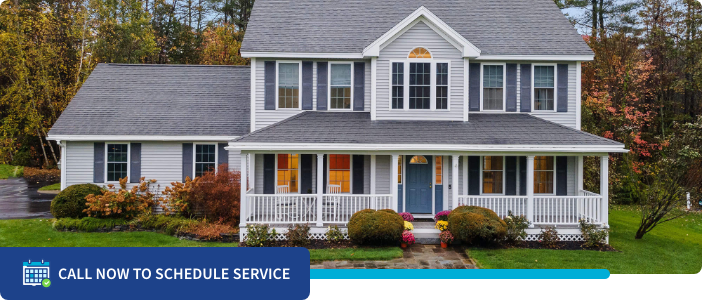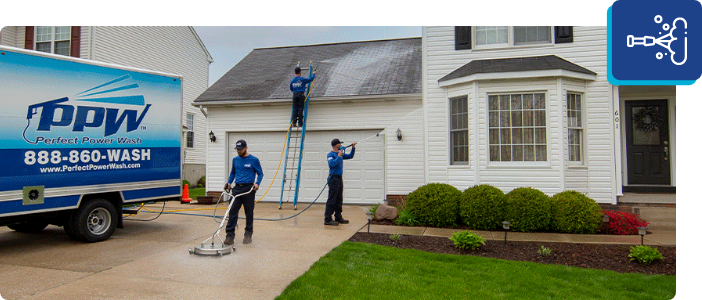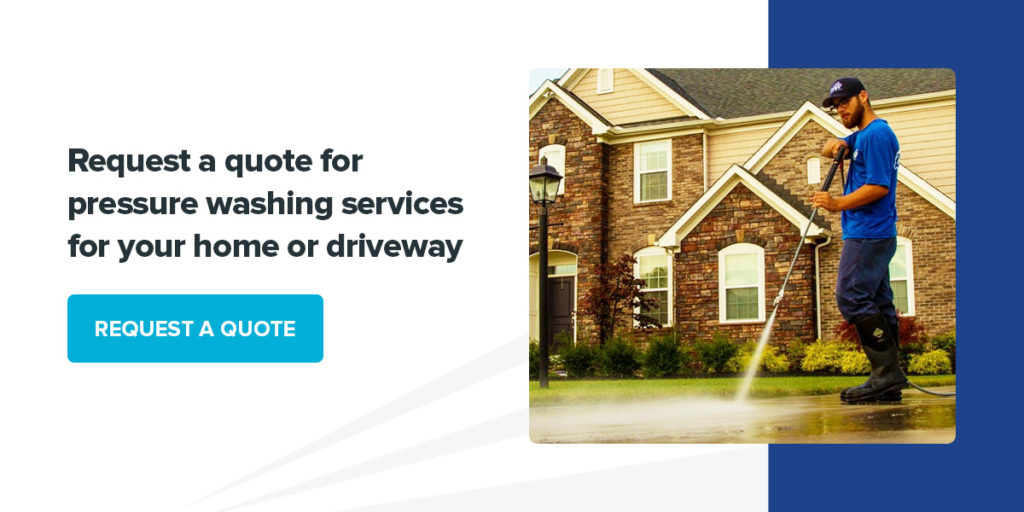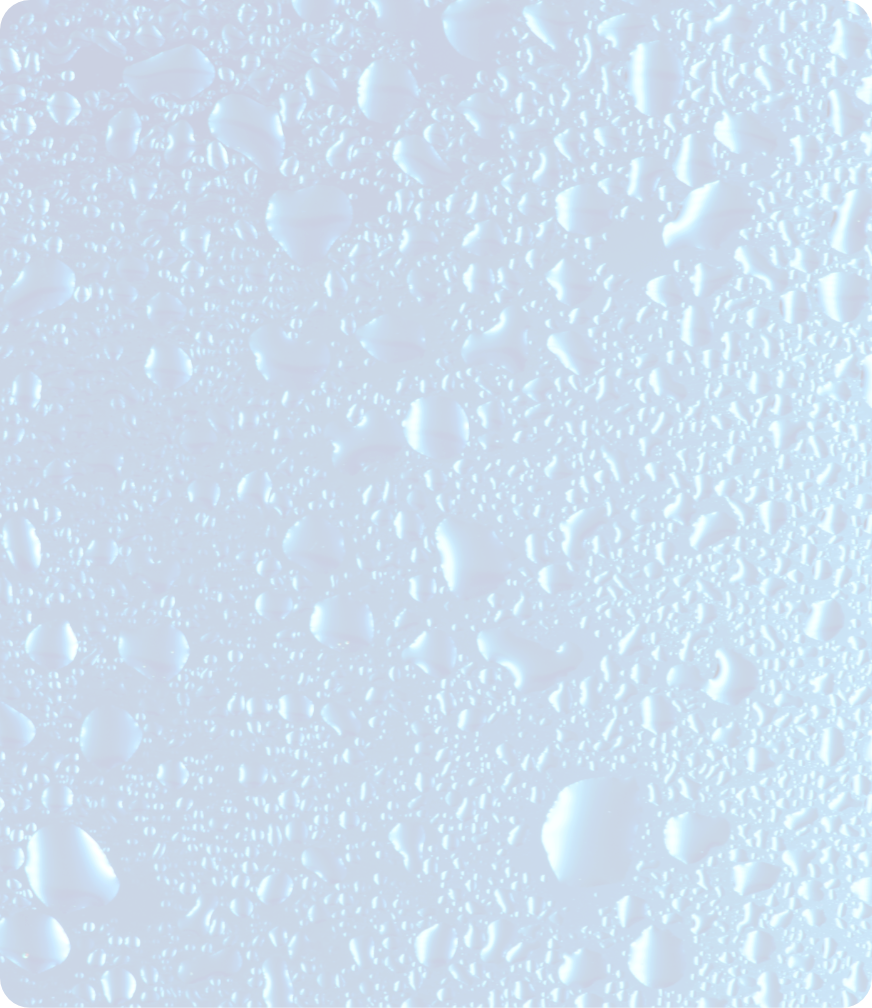Airborne algae that build up on your siding can cause long-term damage to the surface. While this unwanted growth is common on many buildings, it is essential to remove it promptly.
In this post, we cover what this green stuff is, how it got there, where it is typically found on a home and how to remove it. This knowledge can help you make educated decisions in removing algae from siding and keeping your home protected going forward.
Understanding the Green Stuff
As we mentioned before, the green stuff growing on your siding and outdoor areas is algae. Most homeowners mistake it for mold, but this substance differs. One simple and easy way to distinguish algae from mold growth is that algae need sunlight while mold needs dark, damp spaces to grow.
Algae on siding is a common grievance for property owners. It is an aquatic organism that has no flowers or leaves. Algae reproduce by spreading spores instead of seeds. The wind carries the spores, which thrive on humid surfaces that get indirect sunlight. Algae usually take a green color but can also turn black with dirt and grime. It forms slimy patches and streaky stains over your home’s surfaces.

Where Did the Algae Come From?
It is difficult to pinpoint the origins of airborne algae as they vary from region to region. One cause of algal blooms in Lake Erie, for example, is sewage and agricultural runoff washing into the lake and forming this buildup. While algae blooms happen naturally, this pollution allows the algae to feed and grow. Once that algae is airborne, it can attach to dirt on siding and surfaces to feed on.
Where Is Algae Found on a Home?
Algae appear in the places of your home with the right shade, moisture and nutrients to thrive. This growth usually occurs on the north side of your home because it gets less sunlight than the rest of your property.
Some of the most common places you can find algae in your home include:
- Siding
- Concrete
- Decking
- Roofing
Consequences of Ignoring Algae
Untreated algae growth covers more of your siding, leaving deep stains that embed themselves with time. In most cases, attempting to remove green stains from siding can cause structural and aesthetic damage. Algae also retain moisture, leading to paint deterioration and promoting the growth of other substances, like lichen and mildew.
I Have Green Stuff on My Siding What Now?
Bringing your siding back to top condition can be an easy fix. Trusting professional power washing companies is the easiest and most effective way to deal with algae growth. They use a soft wash method and specialized cleansers to eliminate algae growth from your siding. Most professionals allow the cleansers to set and use fresh water to completely remove algae.

How Do I Keep Algae off My Siding for Good?
The best way to protect your home from algae is to have your siding professionally washed at least once a year. Leaving algae growth for longer can lead to deep stains and recurring growth. Timely siding maintenance will prevent algae from spreading over your home, protect property value and enhance curb appeal.

Call Perfect Power Wash to Protect Your Home from Algae
If you need algae removal, you can trust Perfect Power Wash. Our highly trained team has been helping homeowners and businesses protect their properties with superior power washing services for over 20 years. We use a thorough soft wash process and specialized cleansers designed to remove algae and mildew or any general substance.
Explore our power washing services to learn more about our complete washing solutions, or call us at 866-294-9098 for a free estimate.




